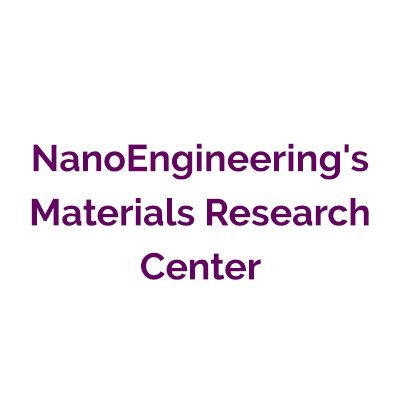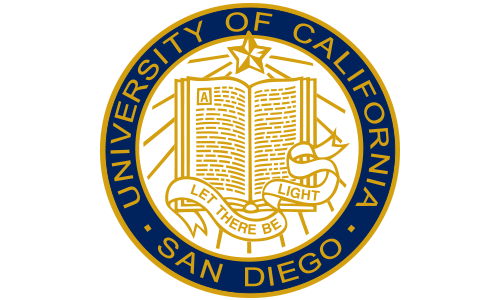Enabling nanomaterials-based research with state-of-the-art microscopy
Dr. Kenneth Vecchio, and the Department of NanoEngineering at UCSD pursues research related to Materials Science for the 21st Century, which if focused in nanomaterials enables technologies ranging from Nanomedicine, Nanomaterials functionality, and Nanotechnologies related to Materials in Energy technologies. In every aspect of the research conducted in the NanoEngineering department, the ability to image, determine the chemical composition, and crystallographic structure of nanoscale materials is necessary. This type of materials characterization requires the utilization of highly specialized electron microscopes.
-
The unique capability of this instrument is that it allows researchers, for the first time, to image the distribution of elements, which are either difficult or impossible to detect by conventional x-ray microanalysis techniques.
- These elements include: lithium, beryllium, boron, carbon, oxygen, nitrogen, etc. Elements like Li are critical to improved battery technologies, but our inability to locate Li in Li-electrode materials makes material design difficult. Similarly, detecting elements such as C, O, and N are critical for organic-based nanomaterials critical to most nanomedicine technologies.
- The very unique energy-filtered imaging that can be performed with this Zeiss Libra 200 instrument can revolutionize the materials research capabilities of our department, enabling new technology development in nanomedicine, energy technologies, sensor devices, and new materials development.
The impact of being able to secure this instrument for continued use on our research programs will be nothing short of revolutionary. Many new materials developments incorporate these light elements as critical enabling composition changes that must be detectable to be controlled and tailored. Few technologies or instruments have the ability to detect and image the location of these light elements. This particular tool creates an important opportunity for our entire department of researchers.
At present, we have on loan to our department a very unique instrument that allows direct electron imaging of specific elemental distributions, referred to as "Spectral Imaging". The instrument is a Zeiss Libra 200 Energy-Filtered Scanning Transmission Electron Microscope. Our goal is to raise the funds ($1.5M) that would enable our department to keep this instrument for our research
Bio
The Nano Engineering Department's Materials Research Center at UCSD provides faculty and students - from the fields of chemical engineering, materials engineering and materials science - with a shared core laboratory. It's a setup that recognizes that today's engineering and science challenges - with applications in energy technologies, medicine and information technology - will be solved through collaboration among researchers from diverse disciplines.
NanoEngineering graduate student Scott Olson is working on a new iron-based super elastic alloy that can stretch out like a slinky without getting those frustrating twists and kinks that slinkies always get. The solution, like much of the work of developing new materials, involves exploring the material's chemistry and crystalline structure at the nanoscale, a measure thousands of times smaller than the width of a human hair. A little bit more or less of a particular metal or compound makes the difference in what the researcher is trying to achieve, whether it's strength, elasticity, holding up under extreme temperatures, or all of the above. For this purpose, Kenneth Vecchio, Professor and Chair of the Department of NanoEngineering, recently built a sprawling suite of new laboratories dedicated to the design, development and testing of new materials.
At the Center, large samples of metals are cut, ground, melted and mixed with other metals and compounds, and then forged into smaller samples of new alloys for study under special microscopes and a broad range of other analytical tools.
"The NanoEngineering Department is focused on understanding nanomaterial's and nanoscale interactions. We explore mechanical and physical properties at the nanoscale, and then exploit them to do things that we consider paradigm changing." Kenneth Vecchio, Professor and Chair, Department of NanoEngineering.
In the News
New York Times
Jacobs UCSD School of Engineering
Union Tribune


